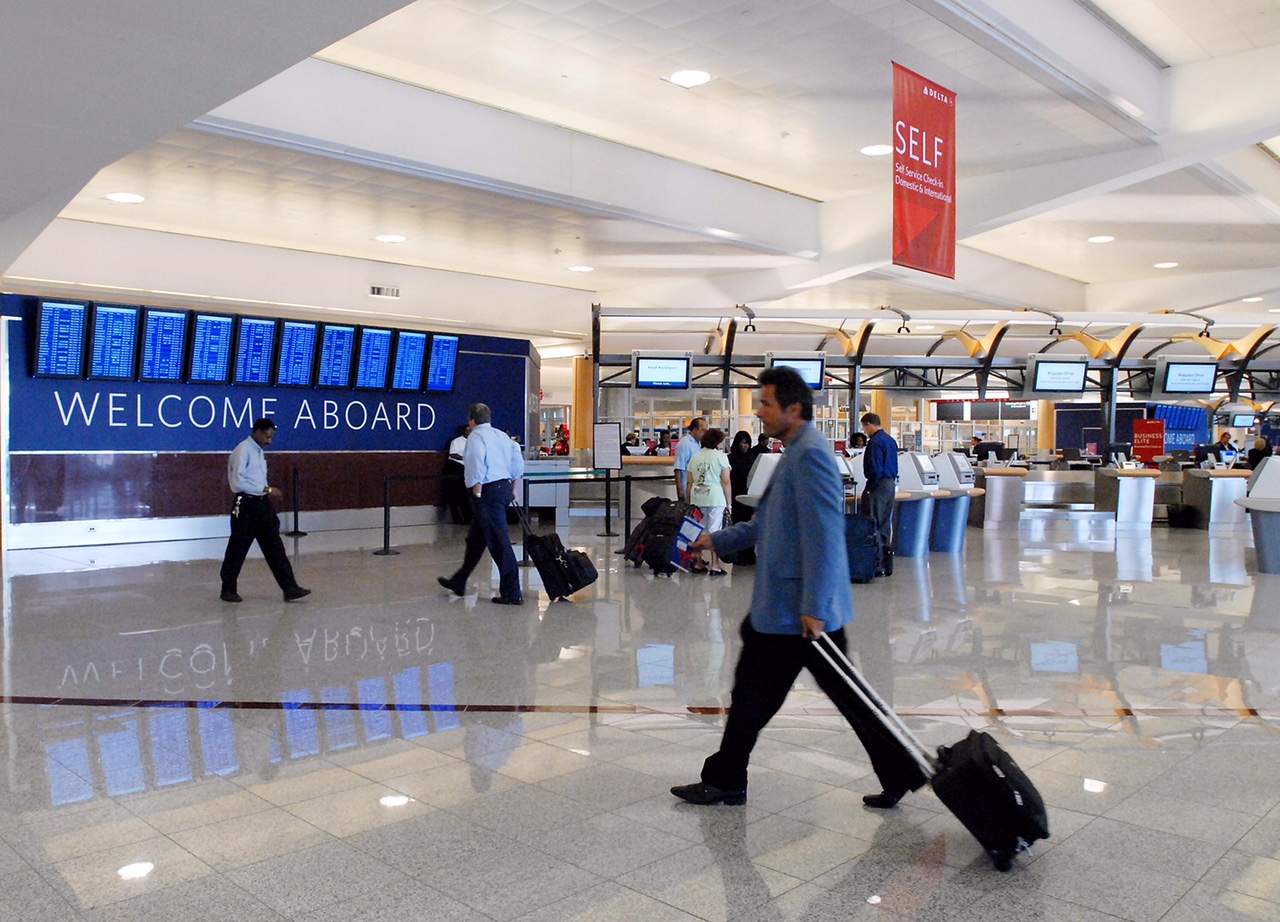In 2007 IATA launched the "˜Fast Travel"™ initiative to help airports around the world provide fast and hassle-free journeys to their passengers. In this article, IATA reviews the strengths of the initiative and considers how, in today"™s digital world, airports can harness mobile technology to create seamless travel.
Passenger Processing: The benefits of fast travel
"The demand for air transport continues to grow. There is much work to be done to prepare for the seven billion passengers expected to take to the skies in 20341 ," said Tony Tyler, IATA"™s Director General and CEO when IATA released its updated passenger growth forecast in November 2015.
If you have travelled recently, you might have noticed that in several airports around the world passengers are standing in long queues to complete airport formalities. According to the 2015 IATA Global Passenger Survey, 90% of passengers want to be checked-in and know their seat from the comfort of their own home2. Other industry surveys indicate that over 50% of passengers worldwide want more self-service options to speed up their journey through airports3.
In essence, in today"™s digital world passengers want to be in control of their journey and avoid long queues. They want such control not only for checking-in, but also at other airport process points. As a result, airports are facing increased pressure from both airlines and passengers to provide a seamless journey through their facilities. To meet customer demands, many airports have already recognised the need to address this change by providing flexible infrastructures; however, many more require information and guidance in delivering appropriate solutions.
Evidence from mature markets indicates that self-service is fast becoming the process of choice for passengers in many of the steps in the overall passenger process. It may be argued that these are the only options offered, but this has not proven to be the case. Passengers are offered a choice, nevertheless most choose self-service. For instance, in mature markets such as the United States many airlines are now experiencing 90% self-service penetration for check-in using a combination of delivery channels including automated check-in, kiosks, web and mobile…



